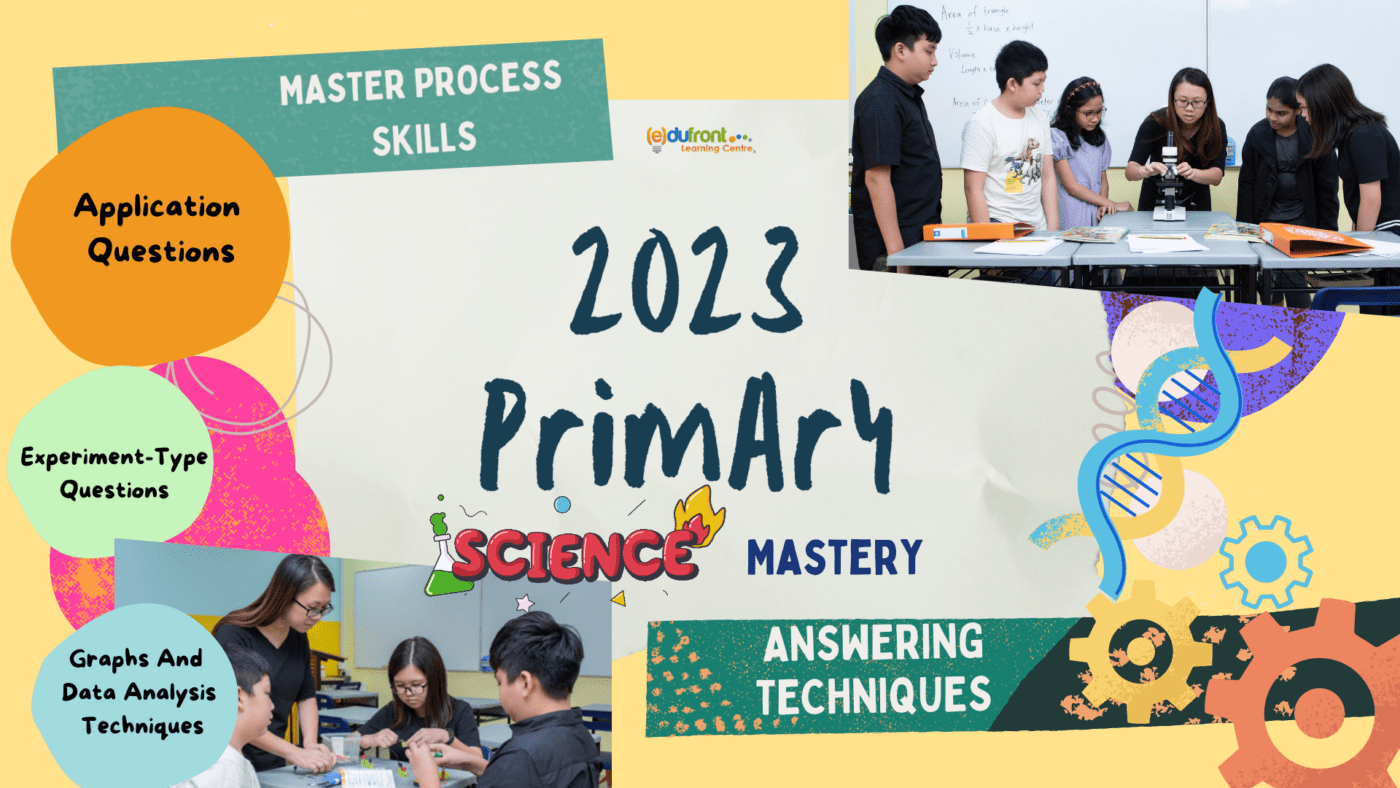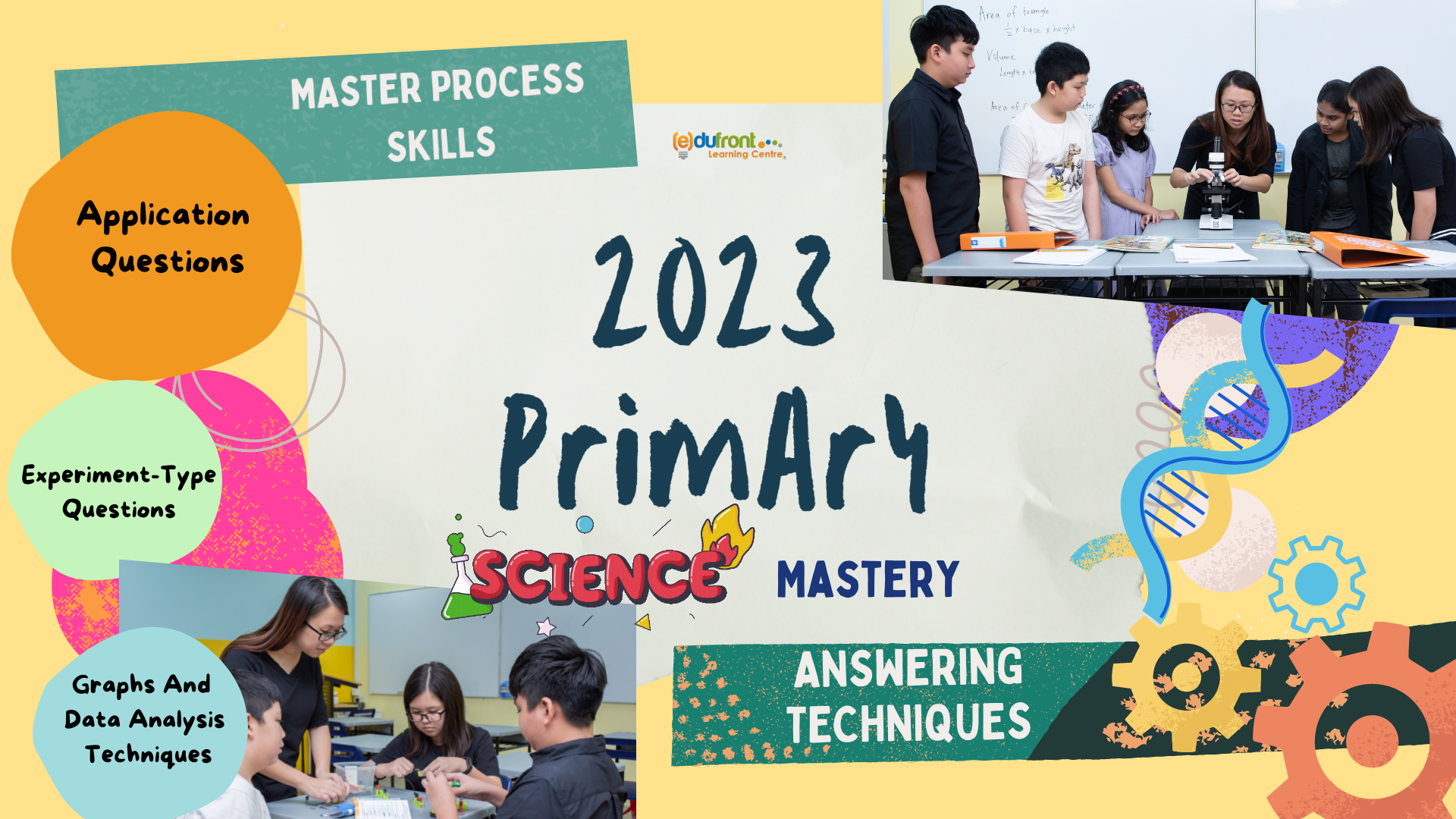
Are you a Primary 3 student or the parent of one? This blog post is for you! In this post, we will take a look at the Primary 3 Science syllabus in Singapore. We will discuss what Science concepts and topics are covered in the syllabus and what you can expect from the exam questions. We hope that this information will spark interest, help you to prepare for your child’s tests and give you a better understanding of the Science curriculum in Singapore.
What is Primary 3 Science all about?
Primary 3 Science is part of the lower block Science which is designed for students in lower primary. In Primary 3, students learn about the different aspects of Science. The topics covered in this year include diversity, cycles, systems, interactions and energy. By the end of the year, students should have a good understanding of these key concepts. The Science syllabus for Primary 3 students in Singapore is designed to develop their understanding of basic scientific terms, thinking skills and scientific inquiry. The focus is on learning science through the process of scientific investigation. In addition, students will learn about the different process skills that are used in scientific investigations.
Which sub-topics are covered under diversity?
One important topic that is covered in Primary 3 Science is diversity. The diversity of living and non-living things is a sub-topic that is covered under the primary science syllabus. This includes topics such as the common characteristics of living and non-living things, the difference between living and non-living things, and the diversity of materials. Additionally, students will learn about the different types of organisms that exist in the world and how they are classified. They also learn about the different characteristics of plants and animals.
What should students know about cycles?
Another important topic that is covered in Primary 3 Science is cycles. In particular, they will learn about the life cycle in plants and the different parts of a plant. Additionally, they will study the life cycles of animals and identify the three stage life cycle and four stage life cycle. By the end of this topic, students should be able to describe how these cycles work and understand their importance in nature.
Why is it important to understand cycles?
Cycles are a natural phenomenon that occur all around us. They help to keep our environment in balance and ensure that plant and animal populations remain stable. Additionally, understanding cycles can help us to predict patterns in nature and better manage our resources. For example, knowing about the life cycle of a particular plant can help us to determine when it is the best time to harvest its fruits or flowers. Similarly, understanding the life cycle of an animal can help us to know when it is likely to reproduce or migrate. Ultimately, cycles are a vital part of our world and learning about them can help us to appreciate and protect our natural environment.
What is the difference between a three stage life cycle and a four stage life cycle?
The main difference between a three stage life cycle and a four stage life cycle is that a four stage life cycle includes a pupa or chrysalis stage between the larva and adult stages. This means that there are four distinct stages in a four stage life cycle, whereas there are only three distinct stages in a three stage life cycle. Additionally, the four stage life cycle is more common in insects than the three stage life cycle. However, both types of cycles are important to learn about and understand.
What will students learn about the different parts of a plant under systems?
The different plant parts include the roots, stem, leaves, flowers, and fruit. Each part has a specific function that helps the plant to grow and thrive. For example, the roots anchor the plant in the ground and absorb water and nutrients from the soil. The stem supports the leaves and flowers and transports water and nutrients throughout the plant. The leaves produce food for the plant through photosynthesis. The flowers produce the pollen that is necessary for fertilization. The fruit contains the seeds that will grow into new plants.
Exactly which sub-topics will students be taught under interactions?
The Primary 3 Science syllabus introduces students to the concept of interactions. The main sub-topics under interactions are forces and magnetism. Specifically, students will learn about push and pull, and how they relate to magnets. On top of that, students will learn that magnets are made of either iron or steel, have two different poles, and how like and unlike poles interact. By the end of Primary 3, students should be able to identify different types of magnets, explain how they work, and demonstrate simple magnetic tricks.
How can you spark your child’s interest in Primary 3 Science and help him or her prepare for tests in Primary School?
One way is to review the Primary 3 Science syllabus with him or her regularly. This will help your child to understand what he or she has learnt in school, and identify gaps in his or her learning. You can also use visual aids, such as science books and videos, to make the review process more engaging for your child. When reviewing the syllabus with your child, it is also important to focus on key concepts and terms that are tested in exams. You can help your child to understand these concepts by doing simple experiments at home, or playing interactive games that focus on science concepts. By doing this, you will not only be helping your child to prepare for exams, but also sparking his or her interest in science.
Additionally, you can enrol your child in a Science tuition Singapore class. A science tuition class at a tuition centre Singapore is famous for will provide your child with the opportunity to learn from an experienced and knowledgeable teacher. The teacher will be able to identify your child’s strengths and weaknesses, and tailor the lessons according to his or her needs. Science tuition classes will also help your child to develop good study habits and time management skills, which are essential for doing well in exams. Moreover, science tuition classes provide a platform for your child to ask questions and clarify concepts that he or she is unclear about.
Closing thoughts
Overall, the Primary 3 Science syllabus is pretty comprehensive. It covers a lot of topics and should provide students with a good foundation in Science. There are some areas that will be covered in more depth in later Primary school years, but overall the syllabus is well-rounded.

